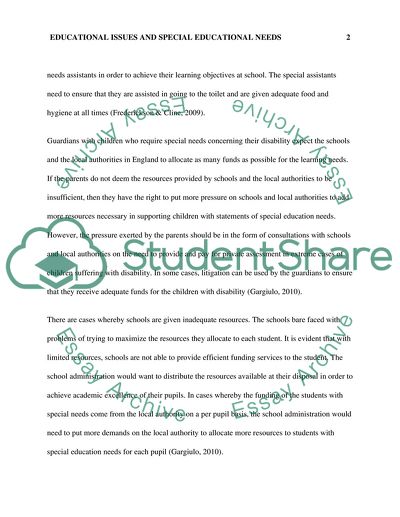Cite this document
(“Education Issues and Special Education Needs Essay”, n.d.)
Education Issues and Special Education Needs Essay. Retrieved from https://studentshare.org/education/1452584-education-issues-and-special-education-needs
Education Issues and Special Education Needs Essay. Retrieved from https://studentshare.org/education/1452584-education-issues-and-special-education-needs
(Education Issues and Special Education Needs Essay)
Education Issues and Special Education Needs Essay. https://studentshare.org/education/1452584-education-issues-and-special-education-needs.
Education Issues and Special Education Needs Essay. https://studentshare.org/education/1452584-education-issues-and-special-education-needs.
“Education Issues and Special Education Needs Essay”, n.d. https://studentshare.org/education/1452584-education-issues-and-special-education-needs.


